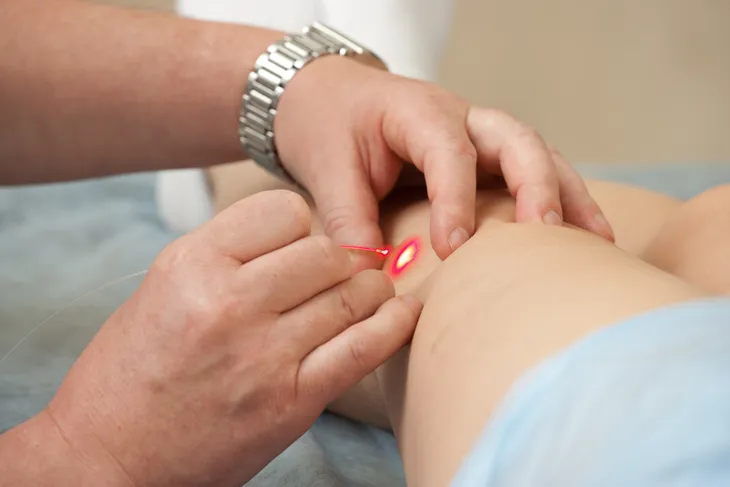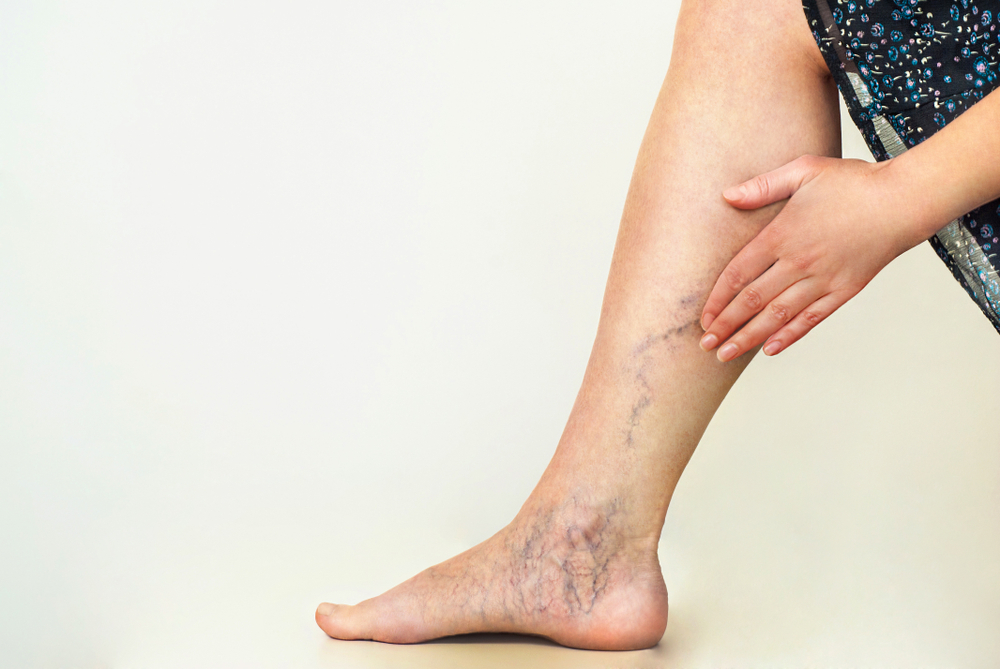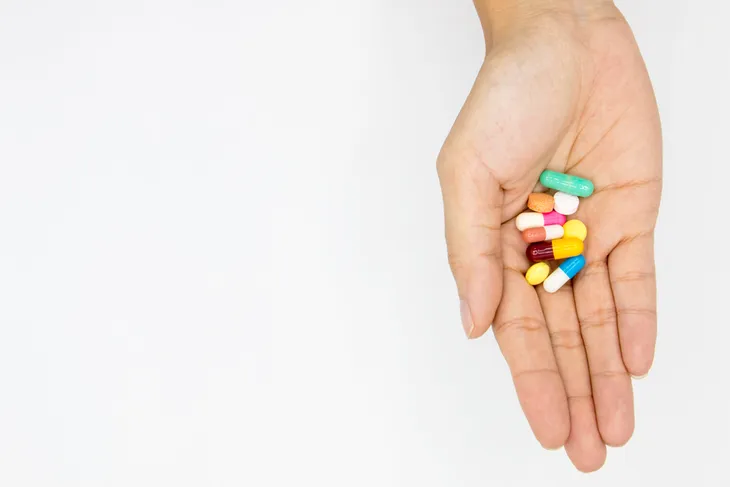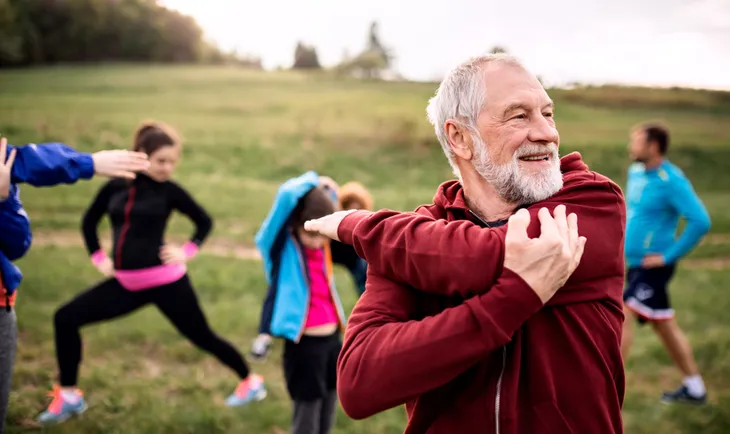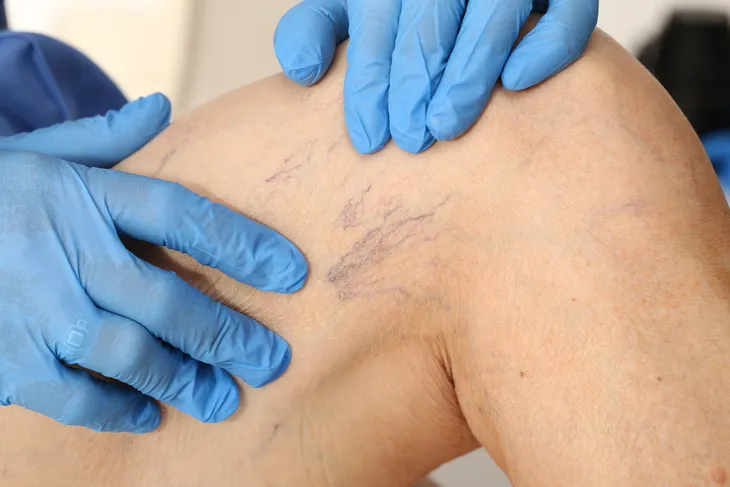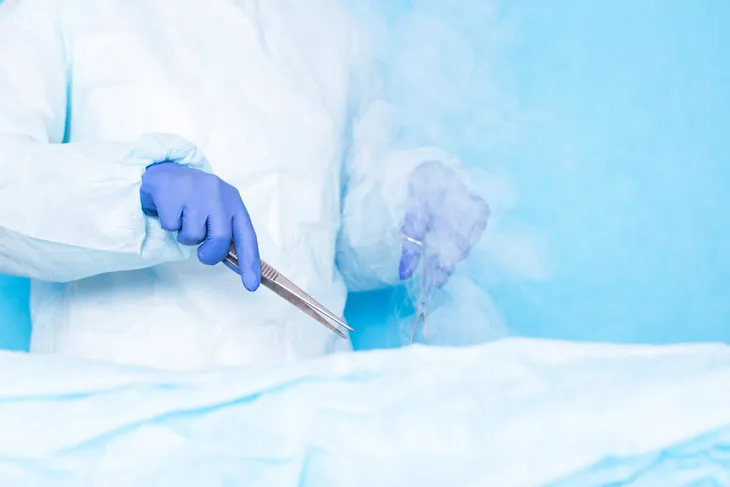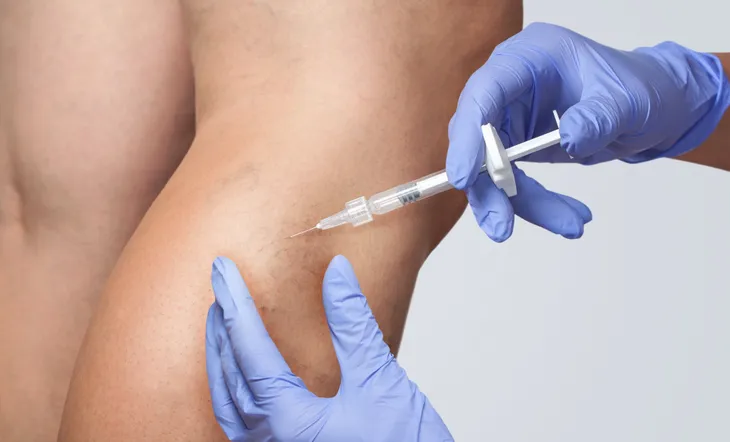Varicose vains are an annoying and painful condition that affects millions of people across the world. This condition is caused by the valves in your veins to stop functioning properly. Blood can then flow backwards in the veins, enlarging them and causing pressure and swelling.
Varicose veins can affect any part of the body, but the legs are most common. This is because there is an increased pressure in legs as you stand for long periods of time. Varicose veins can be caused by a variety of factors. They are more common in women than men and can be passed through your family with genetics. As the main cause of varicose veins is pressure on your body, certain conditions can exacerbate or cause the condition. Obesity, pregnancy, and aging can all make you more susceptible to varicose veins.
The symptoms of varicose veins include soreness, swelling, skin discoloration, bulging veins, and the bluish appearance of veins showing from beneath the skin. Treatment of varicose veins ranges from managing the symptoms to full removal of the dysfunctional veins. The majority of affected veins are superficial, returning only 10% of the blood supply from the legs. The majority of the blood is returned through the deep veins. As the varicose veins are superficial, there are few long term side effects from surgically removing the affected veins.
Here are 10 ways to treat varicose veins, from elevating your legs to going under the knife.
1. Elevating Your Legs
For the treatment of varicose vein pain, leg elevation is a great activity. Varicose veins are caused by improper circulation, and evening out your body on a horizontal plane can help. If you suffer from the beginning stages of varicose veins, try elevating your legs after long walks and periods of standing. Even activities like shopping can cause undue stress on your veins.
2. Compression Stockings
Compression stockings are a great daily treatment for individuals with varicose veins. They act by putting pressure on the ankle and slowly relaxing as they go up the leg. Studies have found that regular use of compression stockings can help correct the blood circulation in legs, lessening pain, swelling, and the progression of the disease. Compression stockings now come in great patterns, colors, and a wide range of styles to suit every person.
3. Anti-Inflammatory Medications
When suffering from varicose vein pain, anti-inflammatory medications are a great treatment choice. They help by acting as a painkiller, but they also double by thinning the blood. This can help your blood travel up the affected veins easier. There is a risk with this treatment as internal bleeding can occur. Pair the medication with the use of compression stockings. Always talk to your doctor before starting a new medication.
4. Diet And Exercise
It seems like diet and exercise are the answer to many health issues. It is certainly true for varicose veins. Obesity is a major factor in the development and severity of varicose veins. Battle the issue head on by losing excess weight, eating a healthy diet, and incorporating gentle exercise in your daily routine. This will do amazing things for your blood pressure, lessening the load on your damaged veins.
5. Stripping
In terms of surgical options, the most popular is stripping. In this procedure, the main problem veins are surgically removed from the body. This is done to minimize scar development. Stripping is one of the oldest and most widely used varicose vein treatment options. Because of the longevity of this treatment, statistics are known for it’s complication rates. 5-60% of people who had this treatment experienced recurrence of the issue in other veins.
6. Ambulatory Phlebectomy
This treatment option is a great choice for people with mild varicose vein issues. Like stripping, the problem veins are surgically removed. Small incisions are made directly over the varicose veins, and the veins are removed one by one. This is different from stripping where whole vein tracts are removed. This treatment option is only good for superficial varicose veins; serious cases will need a more in depth treatment plan.
 M.fowers / Shutterstock
M.fowers / Shutterstock7. Vein Ligation
Vein ligation is another surgical option, but this time the veins are not removed from the body. Instead, they are tied off with a suture. The blood empties out of the vein, draining it of its swelling and appearance. It can be done on its own, but it is commonly paired with stripping techniques. It can also be used with injections of sclerosing solution.
8. Cryosurgery
Cryosurgery is a relatively new procedure for varicose veins. It is an alternative treatment to stripping. In cryosurgery of varicose veins, a probe is introduced to the affected vein. Then, a surgeon injects freezing carbon dioxide or nitrogen dioxide to freeze the veins. Then the damaged veins are removed through the same injection site. This minimizes the incisions needed to complete the surgery. The risks are less than stripping, but can include cold damage to the surrounding tissues.
9. Sclerotherapy
Sclerotherapy has been used for over 150 years in the treatment of varicose veins. It involves the injection of a medication into the vein to damage it. Historically, perchlorate of iron, iodine, sodium salicylate, and more were used but caused unfortunate side effects. Now, sodium tetradecyl sulfate and polidocanol are commonly used. Sclerotherapy has one of the best recurrence rates as it targets the feeder veins and not just the superficial surface ones.
10. Laser Therapy
Laser therapy for varicose veins are an affordable option for superficial vein problems. This method does not cut off the feeder veins, giving a high recurrence rate similar to stripping and ligation. Laser therapy, called endovenous thermal ablation, is an outpatient procedure that does not need general anaesthetic. It is one of the most popular new treatments of varicose veins as it is not surgical.
